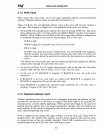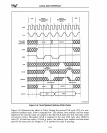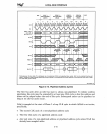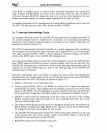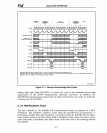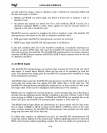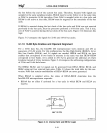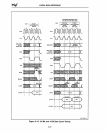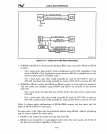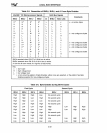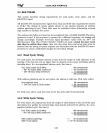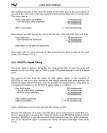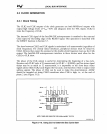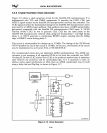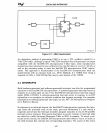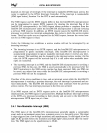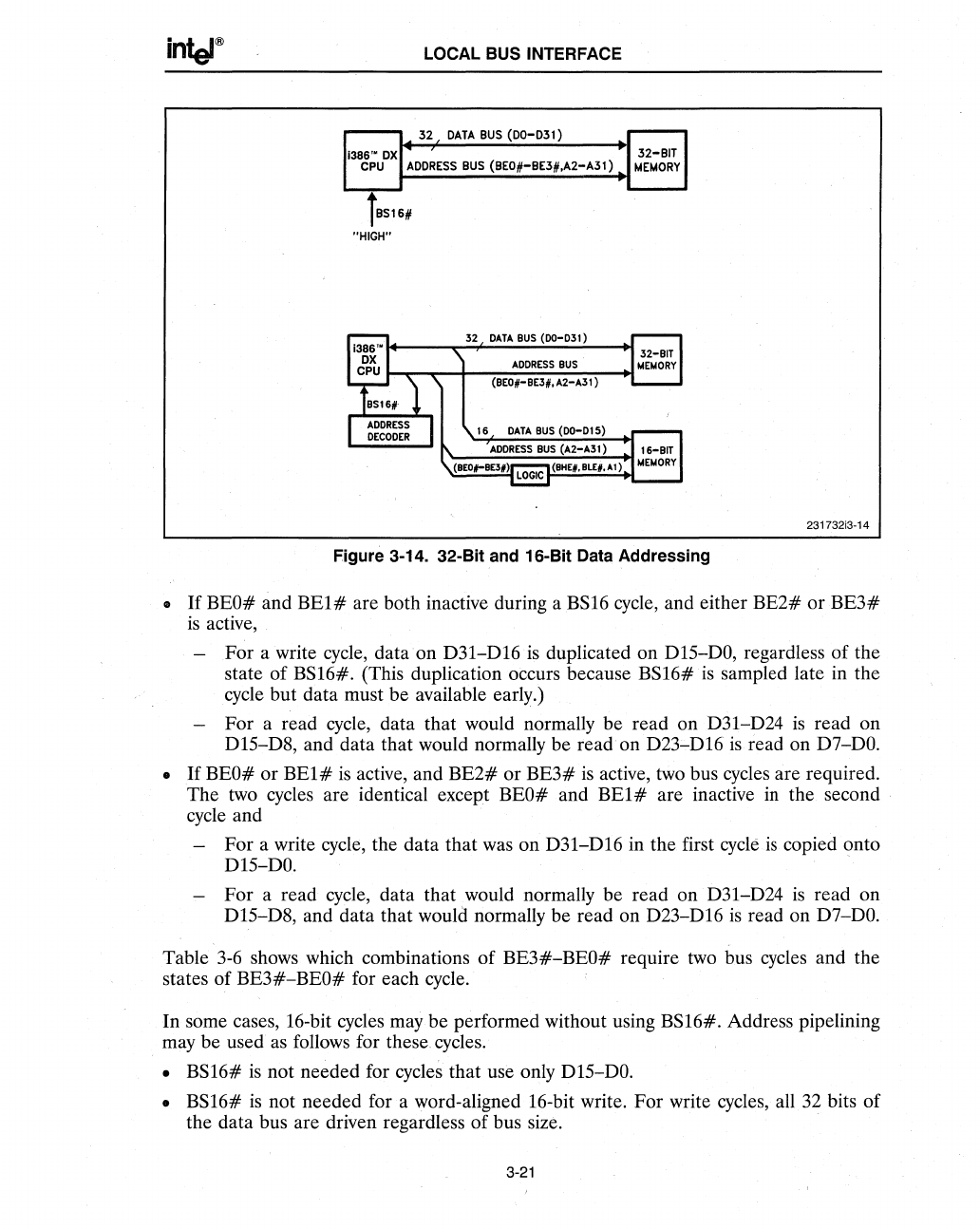
LOCAL BUS INTERFACE
32
DATA
BUS
(00-031)
1386'·
OX
32-BIT
CPU
ADDRESS
BUS
(BEO#-BE3#.A2-A31)
I.lEI.lORY
TBS16#
"HIGH"
32
DATA
BUS
(00-D31)
ADDRESS
BUS
(BEO#-BE3#,
A2-A31)
16
DATA
BUS
(00-DI5)
231732;3-14
Figure 3-14. 32-Bit
.and
16-Bit Data Addressing
•
If
BEO# and
BEI#
are both inactive during a BSl6 cycle, and either
BE2#
or
BE3#
is
active,
For a write
cycle,
data on
D31-D16is
duplicated on DIS-DO, regardless of the
state of BSI6#. (This duplication occurs because
BSI6#
is
sampled late in the
cycle
but data must be available early.)
For a read cycle, data that would normally be read on D31-D24
is
read on
DIS-D8, and data that would normally be read on
D2J-DI6
is
read on D7-DO.
•
If
BEO# or
BEl
#
is
active, and
BE2#
or
BE3#
is
active,
two
bus cycles are required_
The two cycles are identical except
BEO# and
BEl
# are inactive
in
the second
cycle
and
For a write cycle, the data that
was
on D31-D16 in the first
cycle
is
copied onto
DIS-DO. .
For a read cycle, data that would normally be read on D31-D24
is
read on
DIS-D8, and data that would normally be read on D23-D16
is
read on D7-DO.
Table
3-6
shows which combinations of BE3#-BEO# require two bus
cycles
and the
states of BE3#-BEO# for each cycle.
In some cases, 16-bit cycles
maybe
performed without using BSI6#. Address pipelining
may be used
as
follows for these.
cycles_
•
BSI6#
is
not needed for cycles that use only DIS-DO.
•
BSI6#
is
not needed for a word-aligned 16-bit write. For write cycles, all
32
bits of
the data bus are driven regardless of bus size.
3-21



